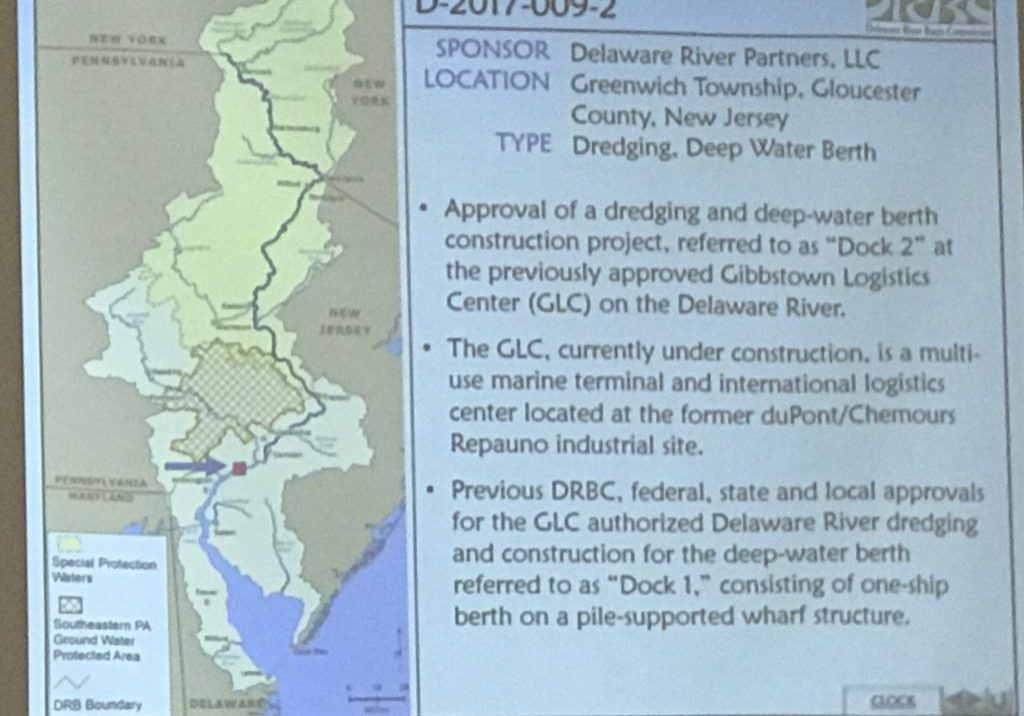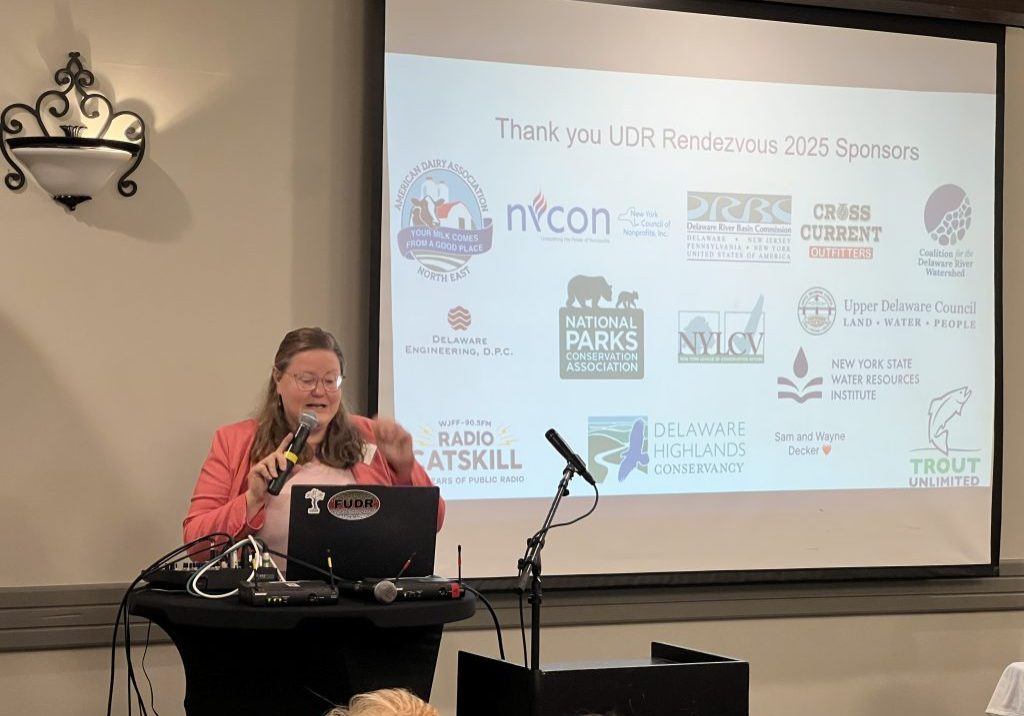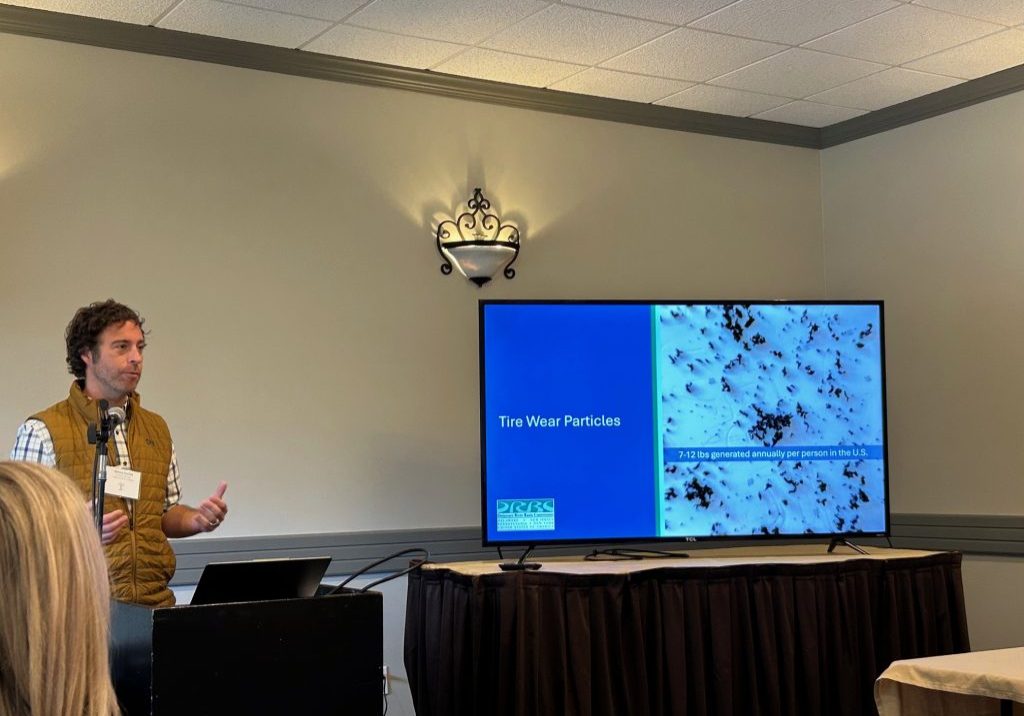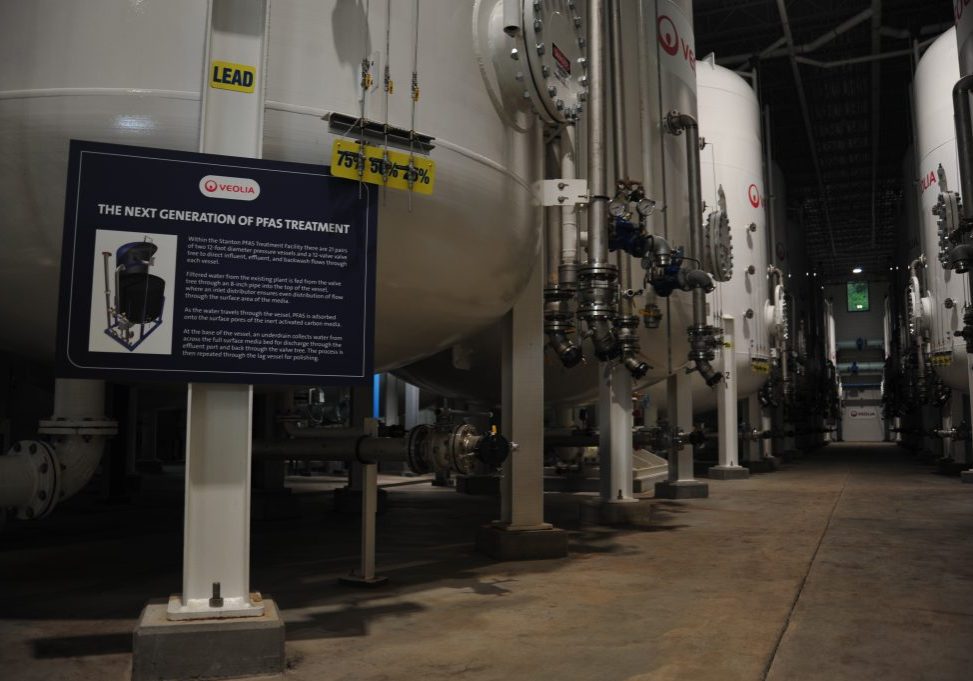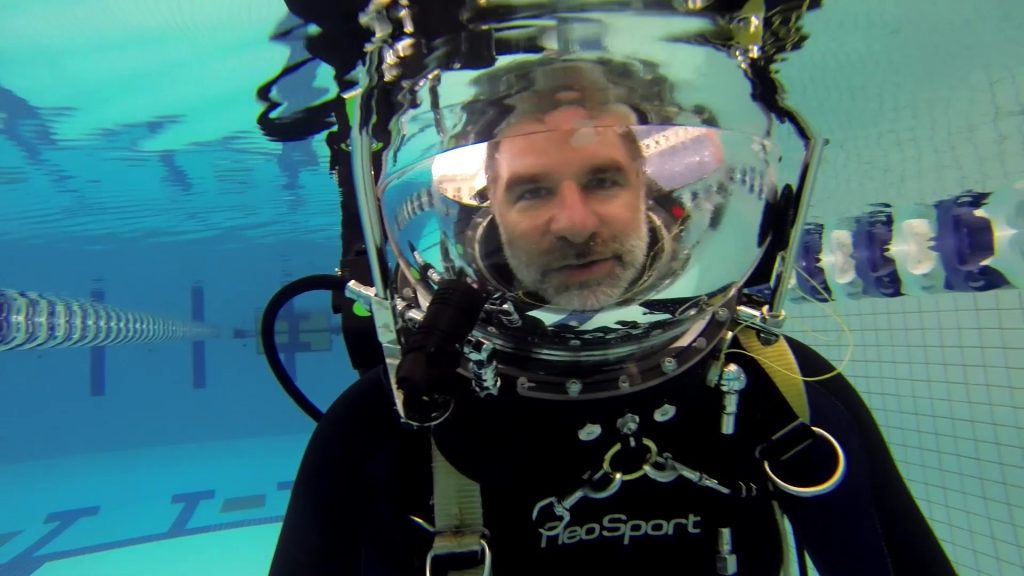
Guest editorial: It’s not just leaks being bypassed in the Delaware Aqueduct
| December 30, 2024
This was written by Michael Lombardi, a diving scientist and technologist specializing in complex underwater interventions across academia and industry. He has expertise in the RWBT bypass from his past employment with the J.F. White Contracting Company, and as a consultant for the NYCDEP tunnel inspection program on behalf of Arcadis. Note: Delaware Currents has shared this guest editorial with the NYCDEP and will publish its reply if it provides one.
Robert Kennedy Jr. was among the first to voice concerns related to the leaky sections of the Delaware Aqueduct when he stated:
“We know that the leak has eroded the limestone geology around the pipe. So the fear among the city engineers is that if they turn off the water to look at it, the aqueduct might collapse — and that would deprive New York City of its principal source of drinking water for, maybe, many years.”
In the 25 years since, the New York City Department of Environmental Protection has undertaken the most significant tunnel repair program in its history, by constructing the Rondout West Branch Tunnel bypass, at a cost of $2 billion.
Yet, for the past three consecutive years, the final project phase to tie the new into the old, has been repeatedly postponed. Why?
Despite claims of insufficient pumping capability (to keep the aqueduct dewatered), and weather conditions including drought, the elephant in the room remains the condition of the old pipe and its ability to withstand hydrostatic forces once dewatered.
With 35 million gallons per day leaking outward for at least 35 years, very rudimentary and common sense physics tells us that relieving pressure inside the leaky tunnel (via dewatering) will result in reversing the hydrology imparted from 14 billion gallons of cumulative outward flow (annually).
The new bypass tunnel is currently not connected in to the aqueduct, so it is not functional. To make this connection, the old tunnel needs to be dewatered to allow underground work. This is the most vulnerable and highest risk period of the project, as the condition of the old tunnel and its ability to withstand hydrostatic pressure (from the outside) is unknown. Water will most certainly leak in to the dewatered tunnel, and the rate of this leakage was assessed during last year’s exercise, which resulted in additional pumps being installed.
However, it is not as simple as keeping up with inward leaks via pumping, as there are multiple risks to consider.
First, will infiltrating water further weaken the cracked tunnel walls, possibly causing a collapse? To date, the leaks have been “outward” to the tune of 35 million gallons per day, with this outward force helping to maintain tunnel liner integrity. Absent these outward forces, the risk of collapse becomes considerably heightened. Any level of collapse, from minor to catastrophic, would create an environment that is too high risk for humans to enter.
In the event a collapse occurred while workers were underground, it would prove fatal given massive and uncontrollable water intrusion. Additionally, any significant inward breach would leave the aqueduct itself compromised, with groundwater infiltrating along with any of its contaminants. The entire Delaware Aqueduct would have to be decommissioned indefinitely since it would become an open conduit to the river. This means that the new tunnel cannot be brought online at all, as (dry) underground work cannot be performed until the leaky sections are verifiably stabilized.
Performing this work requires underwater intervention capabilities that do not yet exist. The first step is to perform a detailed condition assessment of current conditions, extensive hydrological evaluation based on these findings, and then in all likelihood installing stents in the area of the cracks to preserve structural integrity when dewatering. That entire process was foreseen and preliminarily underway up until 2016.
A New York City Comptroller’s report (2005-N-7) indicated this risk stating that past inspection data of the old tunnel was not sufficient and two very important findings were presented — both of which continue to be ignored in public communications and community forums:
“In 2004, Consultant A prepared a revised risk analysis of the RWB tunnel that states the risk of failure (structural instability such as a collapse or major puncture) within the five-year period of 2005 through 2009 is much higher than what is preferred considering the catastrophic nature of a tunnel failure. This consultant reported that the risk is 0.1 to 1 percent which is at least ten times larger than the preferred range of less than .01 percent.”
“…an investigation of the RWB tunnel interior was conducted on June 6, 2003. Investigators used an [autonomous underwater vehicle] AUV to record images, readings and sounds throughout the RWB tunnel…The investigation found that the RWB tunnel was heavily cracked throughout 7,000 linear feet. The investigation identified cracks throughout the RWB tunnel, but the majority occurred in the limestone geology in two areas of the tunnel, which are adjacent to geological faults. According to the AUV inspection report, three areas of RWB tunnel segments appear to have the type of diagonal cracks typically associated with stress/displacement in the concrete liner.”
The work being repeatedly postponed requires significant underground work, and this will not occur until the environment is deemed stable. This significant health and safety risk had been anticipated by NYCDEP, and a strategic inspection plan was presented publicly at the 2016 AWWA Tifft Water Supply Symposium.
Part of this new inspection plan required the design/build of a highly sophisticated robotic inspection system, which was delivered to the NYCDEP in 2018 at a cost of over $14 million. This inspection has not yet taken place, though was identified as critical; to ascertain existing conditions, and determine risk-mitigating actions to protect underground workers, and potentially catastrophic impacts on the environment and water supply if groundwater intrusion is too high or a collapse occurred.
I worked on the later stages of the new inspection program and can say with absolute certainty that the tool in NYCDEP’s toolbox represents the collective genius of the absolute best specialists in the undersea technology business.
It may indeed be time to revisit this nascent risk-mitigating technology and technique, and it should be done with renewed and acute public interest. New Yorkers can’t continue to afford to bypass the bypass, nor should they have to.
With little progress in three years — the very question that RFK Jr. presented 25 years ago remains open, unspoken of, and unaddressed: Is the tunnel stable enough for the repair to proceed?


